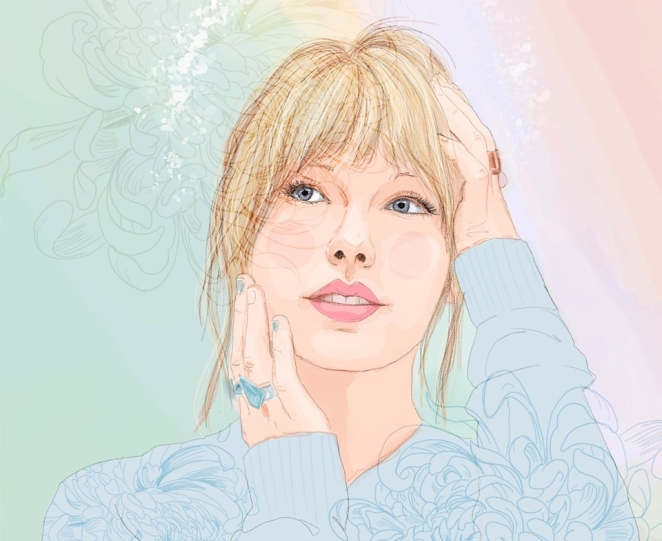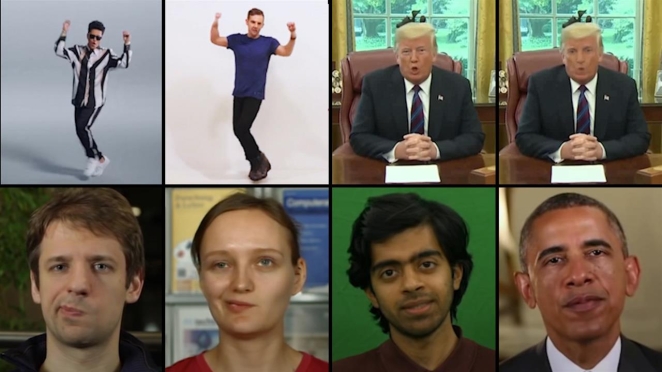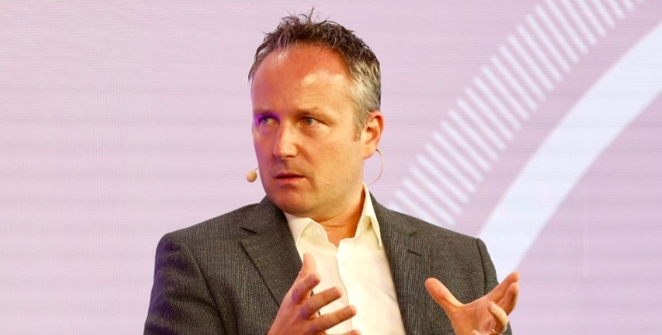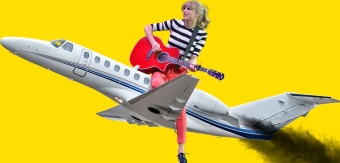Of all the fresh horrors wrought by AI in recent years, few chill the blood quite like the concept of the ‘deepfake’. If the term still means nothing to you then allow me to ruin your day – in essence, it’s the concept of creating an AI image or video of a public figure and trying to pass it off as legitimate.
While the political ramifications are utterly terrifying (imagine a passable deepfake of Putin openly declaring nuclear way, for example), the technology has largely been seen in polluting the dark web in the realms of (where else) pornography. It’s a pretty bleak concept; artificial obscene footage of just about anyone or anything you can imagine conjured up by machines. What makes it more depressing, however, is the fact it took (arguably) the most famous person in the world being targeted by it before the mainstream media started taking the threat seriously.
A Swift Response
While they were once little more than a fringe concern, last week, pornographic deepfake images of Taylor Swift swarmed social media, causing an immediate and proportionate backlash and rising concerns over this unregulated technology. If even this generation’s most celebrated pop star can fall victim to these types of vicious assaults, no one is truly safe until legitimate guardrails are put in place.

Maria Ingram
But that’s a matter for world governments to take care of; for us creatives, the real question is, what ramifications could this technology have both on the creative industries and those that make a living off their own images?
The Impact on Intellectual Property
One of the most significant concerns is the impact of deepfakes on intellectual property rights. Artists, actors, and musicians often rely on their image and performances as a source of income and personal branding. Indeed, many of the actor strikes in Hollywood last year were based around this very real threat. If left unregulated, deepfakes could be used to create unauthorised endorsements, performances, or even entirely new works that the original artist had no part in. This not only leads to potential revenue loss but also to a dilution of the artist's brand and public image.
Ethical and Legal Quagmires
The ethical implications are too vast to go into in any real depth here but deepfakes, in general, blur the lines between reality and fiction, creating a world where seeing is no longer believing. When paired with the post-truth world we now find ourselves in, the potential for “truth breakdown” is palpable. This erosion of trust in digital content can have far-reaching consequences, affecting everything from news media to personal relationships. Legally, the waters are equally murky. Current laws struggle to keep up with the rapid advancement of AI and deepfake technology, leaving a legal grey area where victims have limited recourse.
Impact on Creative Authenticity

For the creative industries, the threat of deepfakes extends to the heart of artistic authenticity. The ability to digitally replicate performances or artworks raises questions about the originality and ownership of creative content. It could lead to a chilling effect, where artists are hesitant to share their work for fear of it being co-opted or manipulated without their consent.
The Need for Technological and Legal Solutions
The response to this threat needs to be multi-faceted. On the technological front, there is an urgent need for tools that can reliably detect deepfakes. Companies and platforms that host content also bear responsibility in quickly identifying and removing deepfake material. Legally, there is a pressing need for updated laws and regulations that address the unique challenges posed by AI-generated content, ensuring that victims have clear legal pathways to seek redress.
A Call for Responsible Use
While it’s far from the first time the technology has raised eyebrows, the Taylor Swift scandal serves as a wake-up call for the responsible use of AI. The technology, while offering immense potential, needs to be developed and used with ethical considerations at the forefront. This involves not just creators and regulators, but also the public, in fostering a digital environment where respect for privacy and authenticity is prioritised above all else. As is the case with all AI usage, the balance between technological innovation and ethical responsibility remains more critical than ever.
Another Creative Opinion
Futurist and AI expert Bernard Marr has written extensively on the subject for outlets such as Harvard Business Review, The Guardian, and Wall Street Journal. Marr is one of the world’s most highly respected experts when it comes to future trends, strategy, business performance, digital transformation and the intelligent use of data and AI in business—as well as the risks.

According to Marr: -
Realistically, addressing the proliferation of AI-generated images and videos requires a multifaceted approach. Legislation and watermarking alone aren't enough, as we've seen with deepfakes and photoshopped images spreading widely. Legislation is lagging behind and the problem with watermarking is that advanced technologies might eventually bypass these markers. A key solution lies in developing more sophisticated AI detection tools that can identify AI-generated content.
We also need to enhance public awareness and digital literacy so that people are better equipped to discern and critically evaluate the content they encounter. Collaboration between technology developers, policymakers, educators, and the media is crucial in creating a more informed and resilient digital environment.
As AI tools become more powerful and pervasive, transforming public online spaces, trust in these platforms will become increasingly vital. We can anticipate an evolution in content creation, sharing, and consumption, with a rise in AI-generated content accompanied by advanced verification tools and methods.
As the public's ability to discern between AI-generated and human-created content improves through education and exposure, the importance of trusted online sources upholding their credibility becomes paramount. These sources must rigorously verify content to maintain their trustworthiness.
Online platforms are likely to enforce stricter content policies and implement more robust verification processes to ensure the authenticity of their content. In this evolving landscape, the role of human creativity and critical thinking is crucial, not only in content creation but also in maintaining the diversity, authenticity, and trustworthiness of public online spaces.




